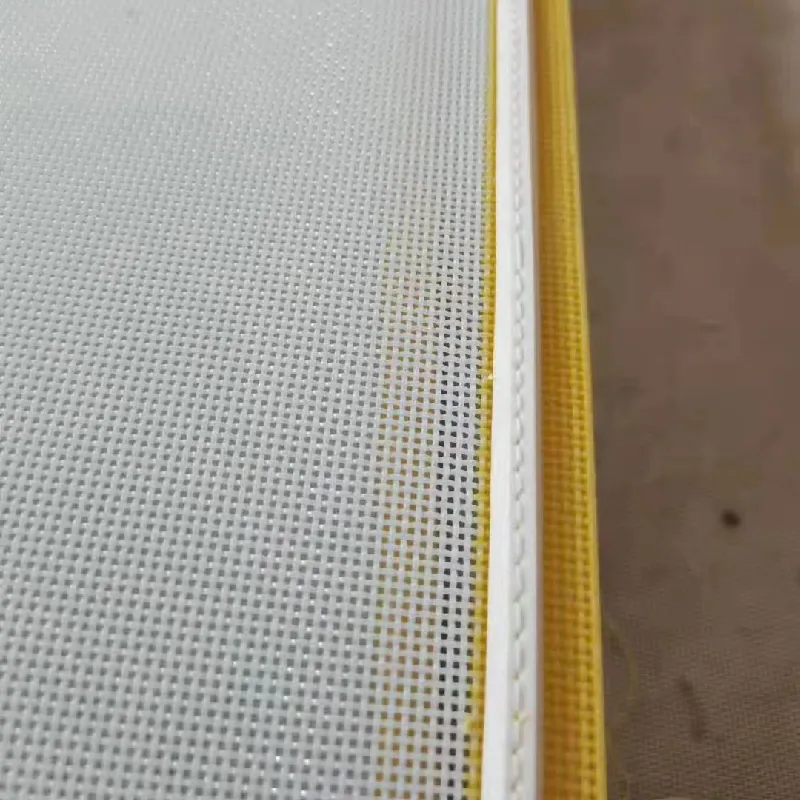-
 Afrikaans
Afrikaans -
 Albanian
Albanian -
 Amharic
Amharic -
 Arabic
Arabic -
 Armenian
Armenian -
 Azerbaijani
Azerbaijani -
 Basque
Basque -
 Belarusian
Belarusian -
 Bengali
Bengali -
 Bosnian
Bosnian -
 Bulgarian
Bulgarian -
 Catalan
Catalan -
 Cebuano
Cebuano -
 China
China -
 Corsican
Corsican -
 Croatian
Croatian -
 Czech
Czech -
 Danish
Danish -
 Dutch
Dutch -
 English
English -
 Esperanto
Esperanto -
 Estonian
Estonian -
 Finnish
Finnish -
 French
French -
 Frisian
Frisian -
 Galician
Galician -
 Georgian
Georgian -
 German
German -
 Greek
Greek -
 Gujarati
Gujarati -
 Haitian Creole
Haitian Creole -
 hausa
hausa -
 hawaiian
hawaiian -
 Hebrew
Hebrew -
 Hindi
Hindi -
 Miao
Miao -
 Hungarian
Hungarian -
 Icelandic
Icelandic -
 igbo
igbo -
 Indonesian
Indonesian -
 irish
irish -
 Italian
Italian -
 Japanese
Japanese -
 Javanese
Javanese -
 Kannada
Kannada -
 kazakh
kazakh -
 Khmer
Khmer -
 Rwandese
Rwandese -
 Korean
Korean -
 Kurdish
Kurdish -
 Kyrgyz
Kyrgyz -
 Lao
Lao -
 Latin
Latin -
 Latvian
Latvian -
 Lithuanian
Lithuanian -
 Luxembourgish
Luxembourgish -
 Macedonian
Macedonian -
 Malgashi
Malgashi -
 Malay
Malay -
 Malayalam
Malayalam -
 Maltese
Maltese -
 Maori
Maori -
 Marathi
Marathi -
 Mongolian
Mongolian -
 Myanmar
Myanmar -
 Nepali
Nepali -
 Norwegian
Norwegian -
 Norwegian
Norwegian -
 Occitan
Occitan -
 Pashto
Pashto -
 Persian
Persian -
 Polish
Polish -
 Portuguese
Portuguese -
 Punjabi
Punjabi -
 Romanian
Romanian -
 Russian
Russian -
 Samoan
Samoan -
 Scottish Gaelic
Scottish Gaelic -
 Serbian
Serbian -
 Sesotho
Sesotho -
 Shona
Shona -
 Sindhi
Sindhi -
 Sinhala
Sinhala -
 Slovak
Slovak -
 Slovenian
Slovenian -
 Somali
Somali -
 Spanish
Spanish -
 Sundanese
Sundanese -
 Swahili
Swahili -
 Swedish
Swedish -
 Tagalog
Tagalog -
 Tajik
Tajik -
 Tamil
Tamil -
 Tatar
Tatar -
 Telugu
Telugu -
 Thai
Thai -
 Turkish
Turkish -
 Turkmen
Turkmen -
 Ukrainian
Ukrainian -
 Urdu
Urdu -
 Uighur
Uighur -
 Uzbek
Uzbek -
 Vietnamese
Vietnamese -
 Welsh
Welsh -
 Bantu
Bantu -
 Yiddish
Yiddish -
 Yoruba
Yoruba -
 Zulu
Zulu
safety barrication net
The Importance of Safety Barrication Nets in Construction and Industrial Environments
In the realm of construction and industrial work, safety is of paramount importance. One of the essential components in ensuring a secure working environment is the use of safety barricade nets. These nets play a crucial role in protecting workers, passersby, and the surrounding environment from potential hazards, particularly when working at heights or in areas with heavy machinery. This article delves into the various aspects of safety barricade nets, their benefits, and their applications.
What are Safety Barrication Nets?
Safety barricade nets, often referred to as safety nets or construction nets, are specialized mesh structures designed to catch falling debris and prevent accidents. Made from durable materials like polyethylene or polypropylene, these nets are engineered to withstand harsh weather conditions and the wear and tear of construction activities. They are typically used to enclose areas under construction or to secure sites where heavy materials are handled.
Key Benefits of Safety Barrication Nets
1. Injury Prevention The primary function of safety barricade nets is to prevent injuries from falling objects. In bustling construction sites, tools, equipment, or materials can accidentally fall, posing a serious risk to workers and pedestrians below. By installing safety nets, construction companies can significantly reduce the likelihood of injuries, thereby creating a safer work environment.
2. Enhanced Site Security Beyond protecting individuals from falling debris, safety nets also act as a physical barrier that secures the construction site. This is especially important in urban settings where there may be a high volume of foot traffic. The nets deter unauthorized access, ensuring that only personnel with the appropriate credentials are allowed entry, which further enhances overall site security.
3. Environmental Protection Safety nets help mitigate the environmental impact of construction activities. By capturing debris and waste, these nets prevent littering and accidental spillage of materials into surrounding areas. This is particularly vital in environmentally sensitive locations where pollution can have far-reaching consequences.
safety barrication net

4. Compliance with Regulations Many countries have stringent safety regulations governing construction sites. Safety barricade nets are often part of compliance checklists for health and safety standards. Utilizing these nets not only helps construction companies adhere to legal requirements but also promotes a culture of safety among workers.
5. Cost-Effective Solution While there may be initial costs associated with purchasing and installing safety nets, they represent a cost-effective solution in the long run. By preventing accidents and injuries, companies can avoid the financial repercussions of workplace incidents, including medical expenses, legal fees, and downtime.
Applications of Safety Barrication Nets
Safety barricade nets are versatile and can be employed in various industries
- Construction Used on scaffolding and around high-rise structures to protect workers from falling debris. - Mining To catch falling rocks and debris in open-pit and underground mining operations. - Demolition To contain materials and prevent them from scattering, thus minimizing risks to workers and the public. - Event Management To cordon off areas during large events, providing crowd control and enhancing safety.
Conclusion
In conclusion, safety barricade nets are an indispensable aspect of modern construction and industrial safety practices. They offer a myriad of benefits, from preventing injuries and securing worksites to complying with safety regulations. As industries continue to prioritize worker safety, the use of safety barricade nets will likely expand, becoming an integral part of safety protocols. Investing in these nets is not just a regulatory requirement; it is a commitment to creating a safer, more responsible working environment for all.
-
Shipping Plastic Bags for Every NeedNewsJul.24,2025
-
Safety Netting: Your Shield in ConstructionNewsJul.24,2025
-
Plastic Mesh Netting for Everyday UseNewsJul.24,2025
-
Nylon Netting for Every UseNewsJul.24,2025
-
Mesh Breeder Box for Fish TanksNewsJul.24,2025
-
Expanded Steel Mesh Offers Durable VersatilityNewsJul.24,2025











